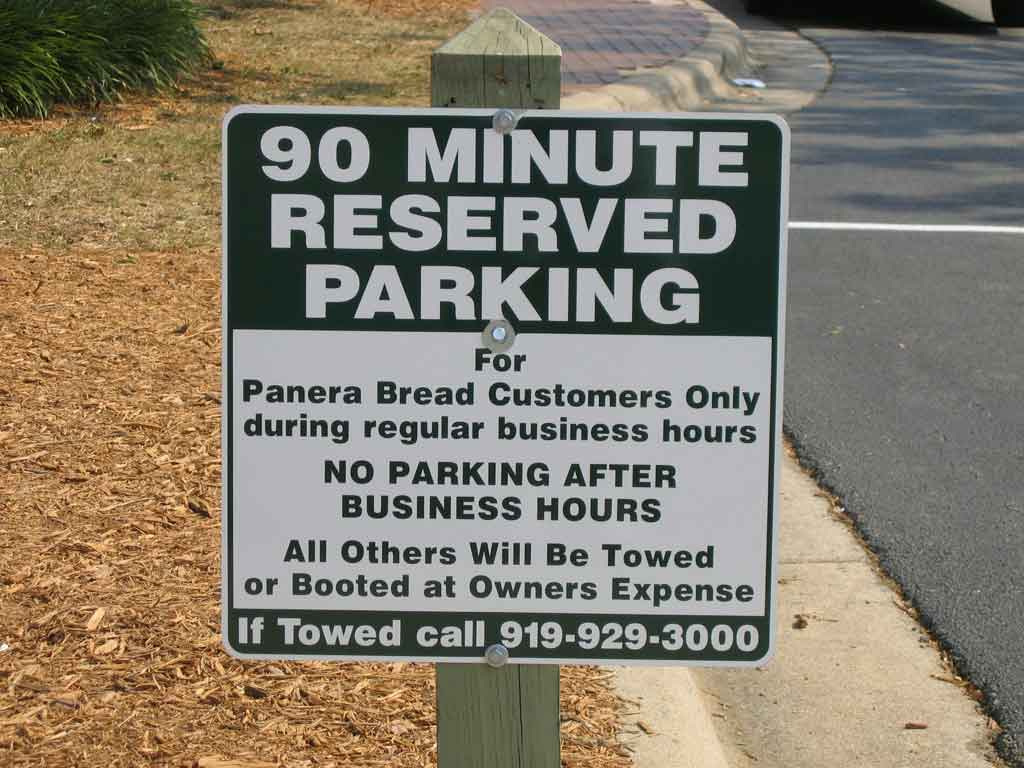My first foray into guerilla marketing started a few months ago when I picked up an awesome little book by
Jay Conrad Levinson. I read a lot about his thoughts and practices but never actually put his good advice to use until I started my sign shop. Mr. Levinson is a big cheerleader for classified ads and acknowledges the growing popularity of online classified ads as a money saving alternative. By far, Craigslist is the most popular online classified site, but navigating the spam laden beast to get any true value from it takes some doing. This post is to share some of what I've experienced in hopes of saving you some time and effort.
Intro to Craigslist
"
Craigslist is a centralized network of online communities, featuring free
online classified advertisements – with sections devoted to jobs, housing,
personals, for sale, services,
community,
gigs, résumés, and discussion forums."--Wikipedia
Its very similar to the Sunday classifieds that run in your local paper, only there is no cost for most listings and the
viewer ship of craigslist pages is in the hundreds of thousands--even millions in some cases. Check out the
Factsheet for more about Craigslist.org.
Writing Your Ad
Classified ads are meant to be brief by nature so get to the point. If you are a dog groomer, make "dog groomer" your post title not something like "Time to Love Fido Back". When looking through listings, people scan for pre-determined keywords in their brain. Make your title 7 words or less and frank.
The first line of your ad is where you engage. If some one is reading your ad, that means they clicked the link. If they clicked the link, you can be fairly sure that they are interested in what you're selling. Now you can talk to them:
- Briefly explain your business or service
- Pick three or fewer points to highlight (i.e. no minimum order, same day delivery, etc.)
- Provide contact information and business hours
- Make a call to action (i.e. call now for a free quote)
Choosing Your Category
Craigslist has 11 main categories. The ones you will be most likely to post in are "service offered" and "for sale." You have to choose your sub-categories wisely as Craigslist reminds its users to "Please post to a single geographic area and category only -- cross-posting to multiple cities or categories is not allowed." The categories are pretty self explanatory, but you can always use
Craigslist Help if you have questions. However, the easiest way to determine if your ad belongs is to read some of the others in the category you're thinking about posting in. It will also help you to determine what makes a good ad and what makes a bad one.
Measuring Results
I post in 7 different categories on Craigslist. Since I've only been at this a month, I'm still in the process of collecting accurate measurements on which categories bring me the most real traffic (as opposed to SPAM). One of the most accurate ways to find out where you're ad is doing the most good is variation. I only post ads about banners in the "skilled trade services" category. Ads about coroplast yard signs are listed in "general", ect. When I check my messages I look at what the person is asking for. So far, my banner ad in "skilled trade services" is working the best. You can adapt this approach to fit your situation even if you don't have varying products to sell. If you offer a different incentive in each ad (i.e. free consultation, 5% first order, ect.) you can track the successfulness of your ad just as easily.
Beware... SPAM!
SPAM is still a big part of the internet and, unfortunately, a big part of Craigslist. While the site does take precautions to help cut down on fake posts and web bot solicitations of posters it does still happen. I get around 5-7 SPAM emails per post. The most common are people emailing me links to other sites where I can "post my item for sale" or scammers trying to get me to agree to bad money order transactions. I never click any link sent in a Craigslist email, it could be a Pandora's box. I also spot scammers with a few easy flags:
- Misspellings
- Poor grammar like the writer is not a native English speaker
- False greetings like "hello ma'am/sir"
- Short messages saying they are "interested in my item" but give no other detail or information
The good news is you won't get a lot of these messages. They normally only message you once and when you don't respond, they go looking for another patsy. I only post 3 ads a day once a week. That's 15-21 fake messages and most of them are caught by my junk mail folder before I even get them. For around every 5 fakes, I get 1real inquiry. That inquiry is worth it.
Making Your Winners Work
Now that you've written a great ad and measured the results from your posting schedule, you need to ramp it up. Right now I post once a week. Once I weed out less successful categories I can post more often in the categories that work for me. Be aware though, that a once a day post is the most you can do for a single ad, so have two or three versions written up. It will keep your message fresh and help cut down on redundancy on Craigslist.
